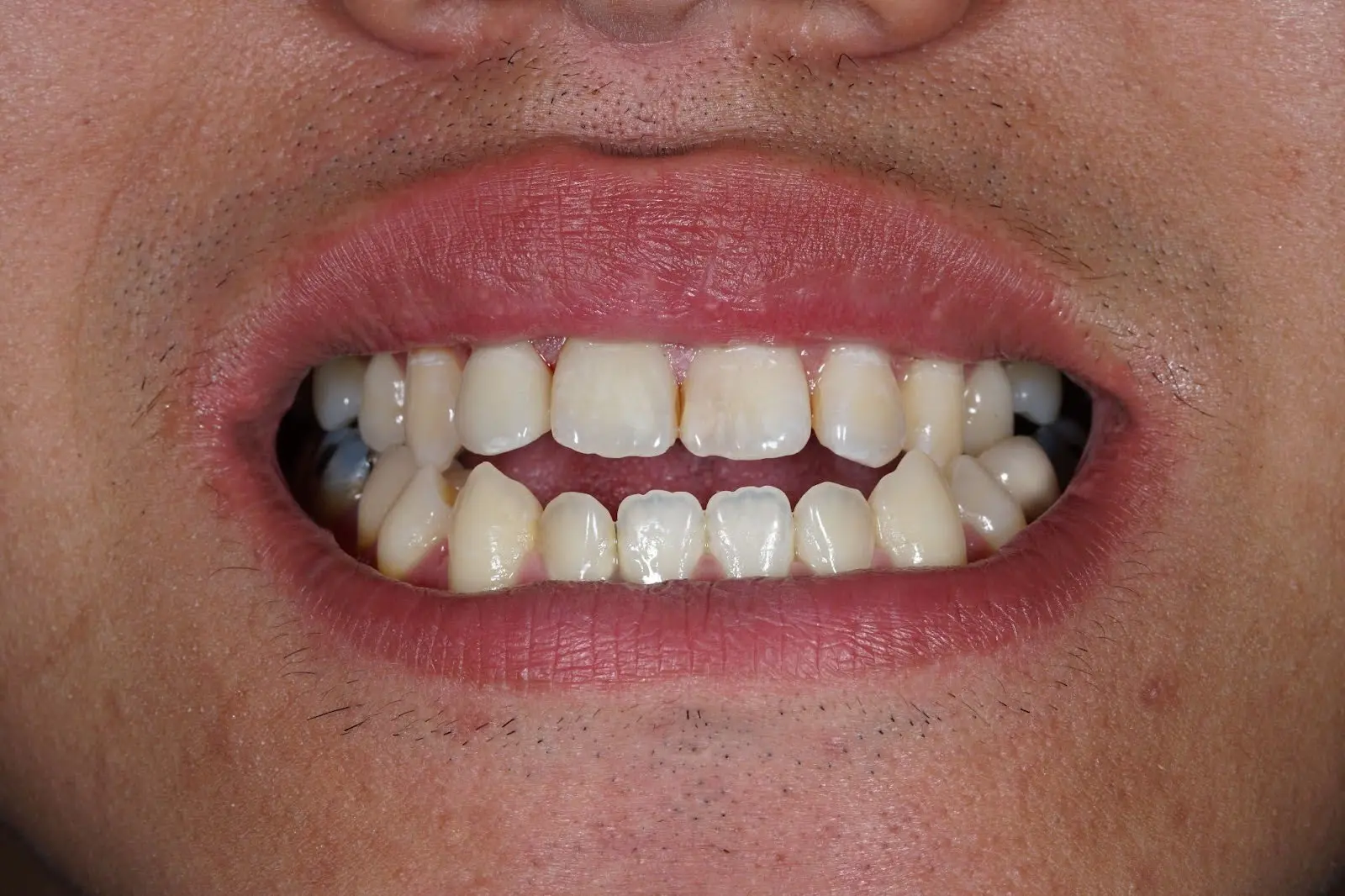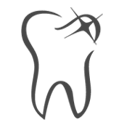
VISITING HOURS:
Week Days - 9 am to 8 pmSundays - Only Emergency Cases
Open Bite: Types, Causes and Treatment
Open bite is a dental defect that typically affects the arrangement of the teeth, resulting in incorrect mouth closing. This condition has both aesthetic and functional implications, impacting breathing, speaking, eating, and other everyday activities. In this post, Let's discuss the factors that contribute to open bite and their impact on oral health, as well as treatment options for children and adults. Let us check out open bite causes and treatment through this article.
Types of Open Bites
There are different types of open bites, which can be categorized based on their causes or characteristics. Here are some common types:
Posterior open bite: When the back teeth (molars) in the upper and lower jaws do not properly align when the mouth is closed, the condition is called a posterior open bite. Different from other varieties, this kind is not visible at all: it develops in the posterior region of the mouth.
Anterior open bite: It is an anterior open bite that is the most frequently seen. This is the condition in which there is no contact between the upper and lower front teeth.
Lateral open bite: Lateral open bite is a condition implying a lack of contact between the upper teeth and the lower teeth on one side of the mouth either the left or the right.
Complete open bite: A completely open bite affects both the front and rear teeth. This indicates that only the latest molars make contact, whereas some molars do not make contact with any front teeth, resulting in a lack of closure.
What Causes an Open Bite?
Open bite causes can result from a variety of reasons, such as a family history, etc. Let's look at frequent reasons, practices that contribute to open bites, and prevention strategies.
Genetic or skeletal issues: Some inherited disorders cause aberrant and incorrect bone growth, resulting in an open bite. Children may possess alleles for upper and lower jaw misalignment, which can make it difficult for their teeth to fit together properly. This problem usually arises during the child or adolescent years, giving adequate time to identify and prevent future teeth and bite problems in maturity.
Thumb sucking or pacifier use: Extended use of pacifiers or thumb sucking is a typical cause of open bites. While some sucking is normal throughout oral development, continued use of these activities after 18-24 months might affect a child's jaw, palate, and facial shape. Continuous sucking blocks the front teeth from correctly closing, resulting in a visible gap between the upper and lower front teeth while biting down. This can lead to mild to severe open bite disorders, compromising oral health and development. It is crucial to address these habits early on to avoid consequences that last.
Tongue thrust: Tongue thrust, combined with thumb sucking and dummy use, greatly contribute to an open bite. It happens when someone swallows wrongly, with the tongue moving forward rather than up towards the roof of the mouth. This abnormal swallowing pattern, which is commonly caused by persistent sucking habits, puts constant pressure on the front teeth, preventing them from shutting properly. Identifying tongue thrust involves observing the tongue tip visible through the front teeth during swallowing. This continual pressure might result in an open bite, in which the teeth do not contact properly.
Mouth breathing: Mouth breathing is another trait linked to open bite and malocclusion. Breathing through the mouth instead of the nose affects the natural development of teeth and muscles. This might cause them to deviate from their normal places, resulting in malocclusion disorders such as open bite.
Changes in muscle and tooth positions produced by mouth breathing would not normally occur, emphasizing the significance of correcting this behavior to avoid dental issues such as open bites.
How Can We Treat an Open Bite?
An open bite treatment includes a variety of techniques, depending on the patient's age and the severity of the condition. Early intervention in the formative stage is critical to avoiding difficulties in maturity. For children, interceptive orthodontics is the preferred treatment for fixing an open bite.
Interceptive orthodontics uses several tools to address open bites in children. Grids are commonly used to address habits that contribute to the disorder, such as thumb-sucking or tongue-pushing. If you have difficulty swallowing, these tools can help you adjust your tongue.
In some cases, tooth extraction is done to correct open bites. Braces, clear aligners retainers, etc are also helpful in treating open bites.
It is essential to begin treatment early in youth while bones are still developing, allowing for efficient repair. Once the bones are fully grown, additional intervention may be impossible, hence early intervention is critical for successful treatment.
Conclusion
Open bite can have significant consequences for both oral health and overall well-being, including difficulties with chewing, speech, and self-esteem. However, there are effective solutions available to address this condition.
Dentique Dental Clinic is a top choice for open bite treatment because of our orthodontic expertise and dedication to client satisfaction. Whether through surgical intervention or non-surgical orthodontic treatments, Dentique Clinic provides comprehensive and successful options for treating open bites in patients of all ages. If you have any inquiries or wish to learn more about how we can assist you, please don't hesitate to contact us.
OUR
TREATMENTS
TREATMENTS








